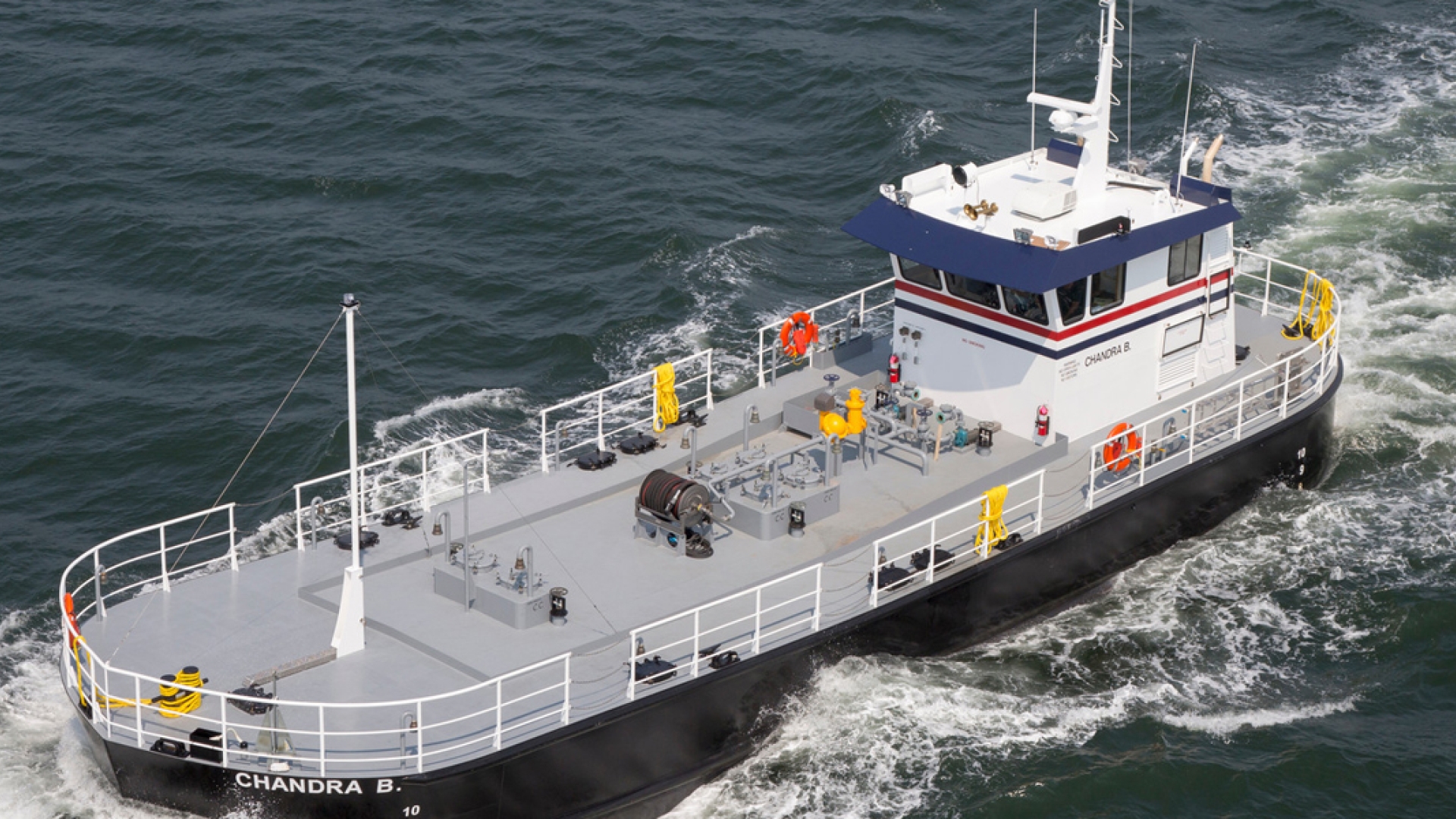
Marine Ratings and Definitions
Ratings are based on ISO 8665 conditions of 100kPa (29.612 in Hg) and 25 °C (77°F) and 30% relative humidity. Propeller shaft power represents the net power available after typical gear losses and is 97% of rated power. Power is rated in accordance with IMCI procedures.
High Output (HO)
This power rating is intended for infrequent use in variable load applications with a load factor of 10-30 percent. Full power is limited to one out of every eight hours of operation. Reduced power operation must be at or below 80 percent load.
Engines with this rating are intended for powering recreational use vessels only. Use of High Output ratings in commercial applications will at Cummins' discretion void the warranty. Commercial use is defined as any work or employment-related used of the product, or any use of the product which generates income, for any part of the warranty period, even if the product is only occasionally used for such purposes.
Typical High Output applications are sportfishers, motoryachts, and cruisers.
Intermittent Duty (INT)
This power rating is intended for intermittent use in variable load applications with a load factor of 20-40 percent. Full power is limited to two out of every eight hours of operation. Reduced power operations must be at or below 80 percent load. Also, reduced power operation must be at or below cruise speed (rpm). Cruise speed (rpm) is dependent on the engine rated speed (rpm):
Typical vessel applications include: planing hulls such as customs, military and police vessels, charter fishing, and some non-net dragging fishing vessel applications.
Typical auxiliary applications include: hydraulic powerpacks, thrusters for maneuvering, and emergency fire pumps.
Medium Continuous (MCD)
This power rating is intended for continuous use in variable load applications with a load factor of 40-60 percent. Full power is limited to six hours out of every 12 hours of operation. Reduced power operation must be at or below 80 percent load.
Typical vessel applications include: planing hull ferries, fishing boats designed for high speeds to and from fishing grounds, (non-cargo) displacement hull yachts, and short trip coastal freighters where engine load and speed are cyclical.
Typical auxiliary applications include: powerpacks and some cargo pumps.
Heavy Duty (HD)
This power rating is intended for continuous use in variable load applications with a load factor of 60-75 percent. Full power is limited to 10 hours out of every 12 hours of operation. Reduced power operation must be at or below 80 percent load.
Typical vessel applications include: displacement hull vessels such as mid-water fishing trawlers, purse seiners, and towboats where frequent slowing is common and engine speed and load is stable. They may also be used in high speed vessels such as ferries and crewboats.
Typical auxiliary applications include: cargo pumps and thrusters in dynamic positioning modes.
Continuous Duty (CON)
This power rating is intended for use in continuous use applications requiring a load factor of 70-90 percent.
Typical vessel applications include: ocean-going displacement hulls such as deep water fishing trawlers, freighters, tugboats, pushboats, bottom drag trawlers and towboats.
Light Duty (LD)
Intended for intermittent use in variable load applications with a power factor of 10-30%. Full power is limited to one hour out of every eight hours of operation. Reduced power operation must be at or below 80% load.
Prime Power (Prime)
Engines with this rating are available for an unlimited number of hours per year in variable load applications. Variable load is not to exceed an 80 percent average of the rated power.
A 10 percent overload capability is available for a period of one hour within a 12 hour period of operation. Total operating time at the 10 percent overload power shall not exceed 25 hours per year. This power rating follows ISO 8528 guidelines.